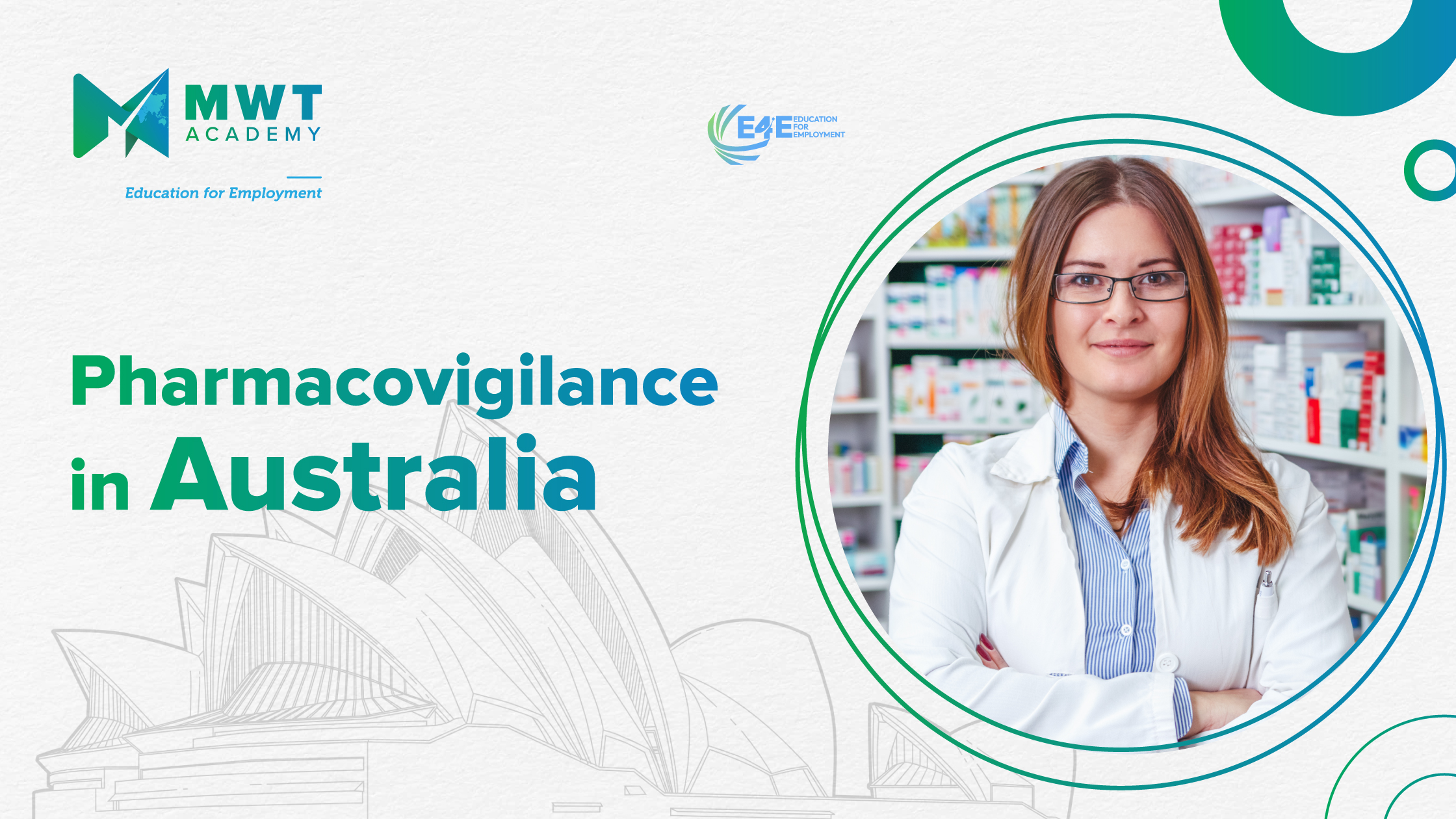
The heart of pharmaceutical production is pharmacovigilance (PV). Without it, there would be no way to compare a drug’s effectiveness to its negative effects. PV often referred to as pharmacovigilance, is intended to safeguard patients and facilitate professional knowledge sharing to lower the risk of adverse events.
What is the definition of pharmacovigilance?
Pharmacovigilance is described as “…the research and actions associated to the detection, assessment, understanding and prevention of adverse effects or any other drug-related problem” by the World Health Organization.
In essence, it concerns drug safety. Pharmacovigilance makes sure that therapeutic medications are rigorously tested to enhance patient care and lower the likelihood of unfavorable side effects. It confirms whether a medicine works and is safe to use at every stage of its lifecycle.
What do you mean by side effect or adverse event?
An adverse event, more generally known as a side effect, is a bad reaction brought on by taking medicine. Any unanticipated or undesirable symptoms that the patient may have been included in this, including transient reactions and symptoms that were not previously linked to the medicine.
A serious adverse event is a reaction that endangers the person’s life and may lead to hospitalization, severe disability or incapacity, congenital abnormalities, or, in the worst-case scenario, death. Serious also refers to anything that necessitates action to avert this. In any case, reporting negative events is required and essential to the success of PV.
How does pharmacovigilance work?
Pharmacovigilance’s job is to determine whether a medicine’s advantages outweigh its hazards, and it doesn’t end when the drug is approved. Since previously unnoticed adverse events can arise at any time, PV entails continuous monitoring of medications to verify that they are still safe for usage.
Clinical trials may not find every potential side effect for a number of reasons, in reality. In comparison to general distribution, the number of patients receiving the drug in a study will be relatively low, hence it is possible that more adverse responses will occur.
Additionally, because clinical trials are closely monitored to safeguard high-risk patients, some populations, such as the elderly, may not be included in the experiment but still receive a prescription for the drug for general use. Once the medicine has gained certification, monitoring may become less stringent, which in turn will undoubtedly introduce more variables.
Why is pharmacovigilance crucial?
While rigorous testing and monitoring of drug safety may seem obvious, the procedure wasn’t formalized until the 1960s, following the infamous thalidomide disaster. Thalidomide was first introduced in 1957 and was approved for use by pregnant women as a sedative for restlessness. The medication immediately gained popularity among expectant moms because it also appeared to reduce morning sickness.
In 1962, the real consequences of the medication were made public. It was found to be a teratogen and the cause of thousands of children’s deformities. As a result, new, strict testing regulations were established, which later developed into pharmacovigilance, as it is today known.
PV is most important for ensuring that a medicine is safe for distribution during the clinical research phase of its development, but it is also critical to continuously monitor the drug. This is the only method to accurately assess a drug’s safety and make sure adverse events are duly reported for assessment.
What awaits us in the future?
Pharmaceutical firms have always had control over the creation and dissemination of information regarding their line of products. This control has been compromised by the quick innovation and uptake of consumer health technologies in the form of wearables, sensors, and digital services.
Pharma businesses have the chance to significantly improve pharmacovigilance programs’ effectiveness, speed, and quality through the use of digital technologies.
Pharmaceutical companies now have the chance to develop new insights at a pace and scale that has not before been achievable because to the combination of patient-generated health data, databases owned by healthcare providers, and machine learning algorithms. These observations cover both quality-of-life factors that can encourage medicine adoption as well as drug safety and efficacy.
Pharma businesses will need new digital infrastructure to collect and aggregate this patient-generated health data at scale while ensuring that patient permission is honored in order to take advantage of this opportunity.
Conclusion:
Given the significance of pharmacovigilance in the pharmaceutical industry, there is a great need for individuals with the necessary training and credentials to assume the role of drug surveillance in these businesses.
The Advanced Postgraduate Diploma in Clinical Research and Pharmacovigilance program adopts a thorough approach to teaching practical knowledge about the drug development process, regulatory affairs, necessary documentation, roles and responsibilities, ethics, monitoring, case reports, and PV-related issues. Contact MWT Global Academy without further delay to get all the assistance you need regarding your admission.
